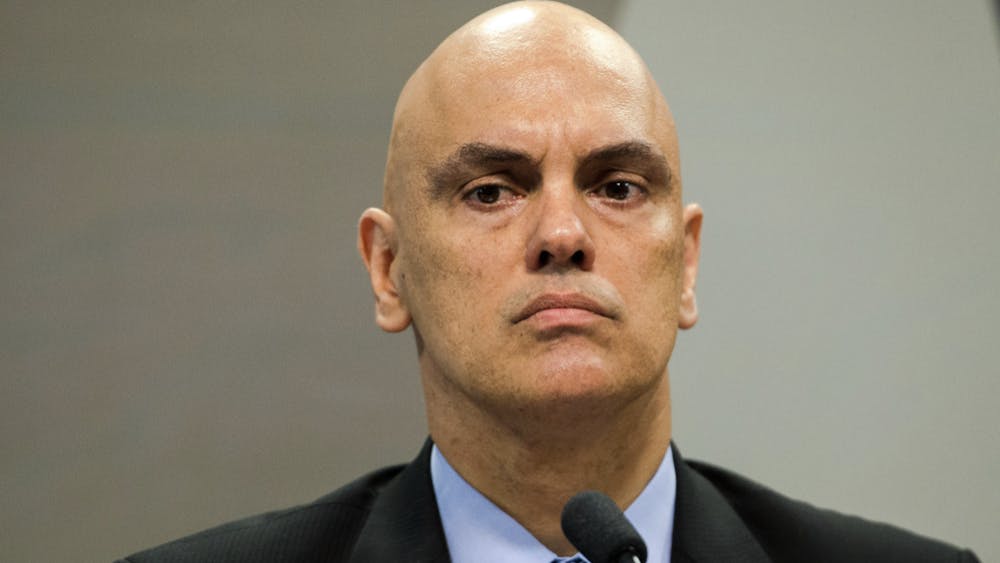Monday, after the Iowa votes are tabulated, Democrats may sport two winners and Republicans as many as four winners. Only in American politics does a presidential candidate lose the actual vote count but beat expectations and get declared a winner. A media thirst for sensational storylines drives their overreach to hype expectations and skew how the public perceives the Iowa caucus results.
Feeling the Bern? Bernie Sanders could lose by finishing a close second behind Hillary Clinton, yet be heralded as a winner for almost fulfilling his grassroots surge. The media storyline would echo his stump speech mantra about who would have thought a month ago the presumptive frontrunner would be in such trouble? Blah, blah and blah.
Expectations on the GOP side are as chaotic as any debate spectacle. The Republican third-place finisher is definitely a winner, having broken above the rest of the pack as an alternative to the top two candidates. Should Ted Cruz then actually beat Donald Trump by tabulating more votes, Cruz would be the second winner of the evening. The third winner will be the fourth-place candidate who may live to credibly fight another day, i.e., in New Hampshire the following week. Finally, Donald Trump’s national averages still maintain him a potential winner regardless if he falls short of his Iowa surge.
Gauging political expectations is a journalistic game played as far back as television’s infancy in 1960. John Kennedy upset neighboring Minnesotan Hubert Humphrey in Wisconsin. Yet political pundits questioned whether Kennedy actually won since he only won Catholic counties while Humphrey prevailed in the Protestant counties. They slogged next to predominately Protestant West Virginia where Kennedy trounced Humphrey through his use of a plane rather than a bus, with savvy media advertising and a slew of “hand money” on election day. After my cousins voted for Kennedy, they could choose between a five-dollar bill or a bottle of Joe Kennedy’s personal brand whiskey. They unanimously chose a bottle.
Paradoxically, Iowa is important yet somewhat inconsequential as the first in our presidential process. Iowans from both political parties are steady and conscientious citizens with the luxury to choose their ideal candidate without the scope of national trends that shape the electorate in subsequent contests. Iowans select on more emotional and ideological lines as evidenced by their extremely liberal and conservative views expressed across the Iowan electorate. Later primary voters consider other tangibles like electability. Currently, Clinton hovers around 46 percent overall in Iowa polls but swamps Sanders 77-12 percent in electability preference per Wednesday’s Quinnipiac poll.
Who actually wins with the greatest number of votes on Monday? The best indicator will come Saturday evening when local pollster Ann Selzer releases the Des Moines Register final poll. Her long and accurate polling models are the envy of the industry, having only missed in 2004. During 2008 she forecast Barrack Obama. In her first Iowa campaign of 1988, she persuaded her editor to conduct a new poll when her data contradicted the newspaper’s prediction that George H. W. Bush would win. She was correct when Bush finished third with about 19 percent behind Bob Dole (37 percent) and Pat Buchanan (25 percent).
As full disclosure, in 2008 I volunteered in Burlington for Hillary Clinton and observed the caucus process firsthand. It is a fascinating community gathering, sometimes centered around a potluck dinner so supporters are gathered at 7 p.m. when the doors officially close. Voter turnout is absolutely paramount for victory. This year Ted Cruz with his 99-county strategy and Hillary Clinton have the best identification apparatus for turnout. It accounts for their slim margins currently held despite the Trump and Sanders surges of late.
On caucus night, Democrats actually stand in areas of a room to be counted. Candidates who miss a minimum viability threshold level of supporters must then move to caucus with another group or as uncommitted. Despite lazy media reporting of a 15 percent minimum, that only applies to caucuses that choose 4 or more delegates. If a precinct chooses only 2 delegates, the viability threshold is 25 percent. These minimums make it nearly impossible for Martin O’Malley; so second choices may determine the Democratic winner.
To predict Monday’s winners, one must analyze each poll’s crosstab, which delves deep into the subsets of numbers. In 2008 after Bill Clinton spoke, internal polling showed that Hillary gained 5 percent, mostly from John Edwards. Note that Bill is averaging three events per day for the last half-dozen days before Monday’s caucus. Votes are so vociferously sought that the final 2008 Emmet County vote had Clinton and Edwards tied with 272 delegates followed by Obama at 256. In my precinct, the total vote of 356 deciding 7 delegates tallied: Obama 132, Edwards 126 and Clinton 118.
Unfortunately, Iowa was beset by an ice storm in 2008, suppressing elderly voters who otherwise supported Hillary. This year has that same electorate feel when 57 percent were new caucus voters (Obama 41, Clinton 29 and Edwards 18). Ironically, the youngest and oldest groups evenly split at 22 percent each: 17-29 (Obama 57 percent) and 65+ (Clinton 45 percent). Fortunately, Monday’s weather forecast calls only for light snow.













